AASLD continues to recommend HCC surveillance of adults with cirrhosis every six months New for 18 is a recommendation for ultrasound or ultrasound plus AFP (alphafetoprotein level) The current recommendation for diagnosis is either CT or MRI There is no firm evidence favoring either modality, Dr Heimbach said Preexisting cirrhosis is found in more than 80% of individuals diagnosed with HCC 3 Thus, any etiological agent leading to chronic liver injury and, ultimately, cirrhosis should be considered as a risk factor for HCC(3) guideline policies of the AASLD;
Hepatocellular Carcinoma Hcc And Other Major Types Of Cancer The Writepass Journal The Writepass Journal
Aasld guidelines hcc 2020
Aasld guidelines hcc 2020- The guidelines further concur that liver transplantation is the best available curative option for patients with earlystage nonresectable HCC who meet the Milan criteriaGuidelines for HCC were recently developed according to the GRADE approach 1 The Guidelines for HCC were developed using clinically relevant questions, which were then answered by systematic reviews of the literature, and followed by datasupported recommendations(2) The Guidelines focused on surveillance, diagnosis, and treatment of HCC




Easl Clinical Practice Guidelines Management Of Hepatocellular Carcinoma Journal Of Hepatology
Dr David Johnson provides clinicians with an overview of the new guidelines from the American Association for the Study of Liver Diseases (AASLD) on hepatocellular carcinoma The lc Staging System For Hcc From sld Practice sld Practice Guideline Management Of Hepatocellular Diagnosis Staging And Management Of Hepatocellular Hcc Guidelines Ppt Video Online Download Diagnosis Staging And Management Of Hepatocellular Diagnostic Algorithm For Suspected Hepatocellular CarcinomaScreening recommendations for cirrhotic adults Cirrhosis is the strongest predisposing factor for HCC formation Nearly 85%95% of HCC is developed on the cirrhotic liver 1618These patients have a lifetime risk of developing HCC by 30% with leading cause of liver related death in compensated cirrhosis 2,19,The risk varies with the underlying condition;
Three published studies explored the accuracy of noninvasive diagnostic criteria for HCC by comparing pathologic and clinical diagnosis12,18,19 Kim et al12 validated AASLD criteria in 6 patients with liver nodules larger than 2 cm According to this report, diagnosis by AASLD criteria revealed that sensitivity, specificity, and PPV were Indication for HCC Surveillance In 18, the American Association for the Study of Liver Diseases (AASLD) issued updated guidelines for the Treatment of Hepatocellular Carcinoma The 18 AASLD HCC Guidelines recommend that all adults with cirrhosis of any etiology, should have surveillance for HCC because surveillance improves survival and increases the1 To see the most recent recommendations pertaining to surveillance for hepatocellular carcinoma, open the document AASLD Guidelines for the Treatment of Hepatocellular Carcinoma 2 Review pages , including the recommendations at
For 7% of all cancers3 Hepatocellular carcinoma (HCC) represents about 90% of primary liver cancers and constitutes a major global health problem The incidence of HCC increases progressively with advancing age in all populations, reaching a peak at 70 years4,5 In Chinese and black African populations the mean Table 1 Diagnosis and Management of Autoimmune Hepatitis in Adults and Children 19 Practice Guidance and Guidelines From the American Association for the Study of Liver Diseases Cara L Mack, David Adams, David N Assis, Nanda Kerkar, Michael P Manns, Marlyn J Mayo, John M Vierling, Mouaz Alsawas, Mohammad H Murad, Albert J Czaja , HepatologyThis American Association for the Study of Liver Diseases (AASLD) 18 Practice Guidance on Primary Biliary Cholangitis (PBC) is an update of the PBC guidelines published in 09 Download AASLD 18 Guidance on HCC Diagnosis, Staging and Management This guidance provides a datasupported approach to the diagnosis, staging, and treatment of
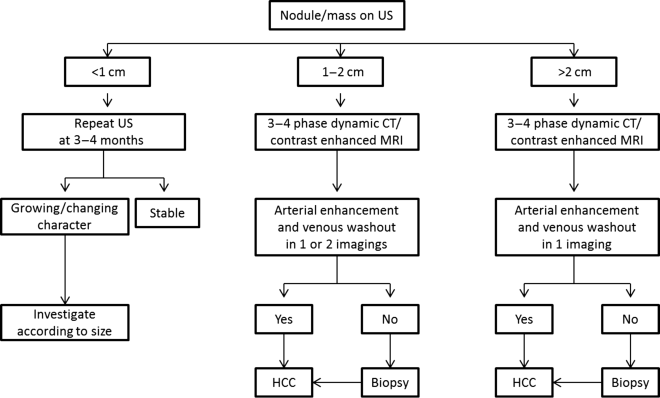



Hepatocellular Carcinoma Abdominal Key



Non Invasive Diagnostic Criteria Of Hepatocellular Carcinoma Comparison Of Diagnostic Accuracy Of Updated Li Rads With Clinical Practice Guidelines Of Optn Unos sld Nccn Easl Eortc And Klscg Ncc Prolekare Cz
Surveillance for hepatocellular carcinoma with liver ultrasound examination, with or without alpha fetoprotein (AFP), every 6 months is recommended for patients with cirrhosis a in accordance with the AASLD guidance on the diagnosis, staging, andManagement of Hepatocellular Carcinoma An Update Jordi Bruix,1 and Morris Sherman2 Since the publication of the American Association for the Study of Liver Diseases (AASLD) practice guidelines on the management of hepatocellular carcinoma (HCC) in 05, new information has emerged that requires that the guidelines be updated The full verPRACTICEGUIDELINE AASLD Guidelines for Treatment of Chronic Hepatitis B Norah A Terrault,1 Natalie H Bzowej,2 KyongMi Chang,3 Jessica P Hwang,4 Maureen M Jonas,5 and M Hassan Murad6 See Editorial on Page 31 Objectives and Guiding Principles




Figure 3 From Imaging Approach To Hepatocellular Carcinoma Cholangiocarcinoma And Metastatic Colorectal Cancer Semantic Scholar




Comparison Of The Accuracy Of sld And Li Rads Criteria For The Non Invasive Diagnosis Of Hcc Smaller Than 3 Cm Journal Of Hepatology
New AASLD Guidelines for Hepatocellular Carcinoma The Big Questions Tackled David A Johnson, MD View video and read the complete article at Medscape Hello I'm Dr David Johnson, professor of medicine and chief of gastroenterology at Eastern Virginia Medical School in Norfolk, VirginiaBy AASLD criteria, depending on age, sex, and disease activity, annual incidence rates ranged from 007%394% for cirrhosis, from 004%219% for HCC in patients without cirrhosis, and 040%8% for HCC in patients with cirrhosis The program will also cover the roles of new agents in the current AASLD guidelines for treatment of hepatocellular carcinoma The place of novel therapies in the AASLD guidelines for HCC Open to view video Open to view video Presenter Richard Finn You must register to access Panel Discussion/Q&A




Management Consensus Guideline For Hepatocellular Carcinoma 16 Updated By The Taiwan Liver Cancer Association And The Gastroenterological Society Of Taiwan Sciencedirect




Adherence To sld Guidelines For The Treatment Of Hepatocellular Carcinoma In Clinical Practice Experience Of The Bologna Liver Oncology Group Digestive And Liver Disease
AASLD guidelines for the treatment of hepatocellular carcinoma AASLD guidelines for the treatment of hepatocellular carcinoma Hepatology 18 Jan;67(1)3580 doi /hep Authors Julie K(van der Meer, 12); The management of hepatocellular carcinoma (HCC) has become ever more demanding To evaluate the available evidence and to give clinicians the best guidance, all major hepatology societies have developed guidelines for HCC Recently, updated versions have been published by the American, the Asian Pacific, and the European societies This article presents a comparison of these three guidelines




Primary Liver Cancer Hepatocellular Carcinoma And Cholangiocarinoma Patrick




Comparison Of International Guidelines For Noninvasive Diagnosis Of Hepatocellular Carcinoma 18 Update
Hepatocellular carcinoma is a malignancy that predominantly occurs in the setting of cirrhosis Its incidence is rising worldwide Hepatocellular carci AASLD Criteria for Diagnosis of Hepato cellular Carcinoma in Cirrhosis The radiologic diagnosis of hepatocellular carci American Association for the Study of Liver Diseases Founded in 1950, the American Association for the Study of Liver Diseases (AASLD) provides datasupported recommendations for surveillance, diagnosis, staging, and treatment of HCC 5, 7, 9The current AASLD guidelines are as follows Routine screening is recommended for HCC in patients at highAnd (4) the experience of the authors and independent reviewers with regard to NAFLD This practice guidance is intended for use by physicians and other health professionals As clinically appropriate, guidance statements should be tailored for individual patients




Clinical And Economical Impact Of 10 sld Guidelines For The Diagnosis Of Hepatocellular Carcinoma Journal Of Hepatology




Management Of Concomitant Hepatocellular Carcinoma And Chronic Hepatitis C A Review
This led to HCC being a contraindication for orthotopic liver transplantation (OLT) until 1996, when the Milan criteria (1 lesion ≤5 cm, 3 lesions with no one >3 cm, no vascular invasion, and no metastasis) were introduced (Table 1) 1, 2 PostOLT 5year overall survival (OS) exceeds 70% in those within the Milan criteria 3 To this end, the In 05, the American Association for the Study of Liver Diseases (AASLD) published practice guidelines for the diagnosis and management of hepatocellular carcinoma in Hepatology In 11, the guidelines were updated, with changes made to the diagnostic criteria on the basis of new evidence ( 9 )The AASLD 18 Hepatitis B Guidance provides a datasupported approach to screening, prevention, diagnosis, and clinical management of patients with hepatitis B It differs from the published 16 AASLD guidelines, which conducted systematic reviews and used a multidisciplinary panel of experts to rate the quality (level) of the evidence and




sld Guidelines




Diagnosis Staging And Management Of Hepatocellular Carcinoma 18 Practice Guidance By The American Association For The Study Of Liver Diseases Marrero 18 Hepatology Wiley Online Library
Objectives Noninvasive criteria for the diagnosis of hepatocellular carcinoma (HCC) in cirrhosis, recommended by the European Association for the Study of Liver (EASL) in 01 and by the American Association for the Study of Liver Diseases (AASLD) in 05, have left a number of small liver neoplastic nodules undefined Hepatocellular carcinoma (HCC) surveillance has been shown to improve early tumor detection, curative treatment receipt, and overall survival 1 Therefore, several professional societies, including the American Association for the Study of Liver Diseases (AASLD), recommend HCC surveillance every 6 months in atrisk patients, including those with cirrhosis 2 (Table 1)A FNB was performed when required to meet both 05 and 10 AASLD criteria Results Eightyfour (70%) nodules were HCC the radiological diagnosis was done in 38 (%) of those 12cm and in 38 (95%) for those >2cm HCCs according to 10 AASLD criteria CT or MRI detected 13 HCC nodules that were missed by unenhanced US



1




The Impact Of Vascular And Nonvascular Findings On The Noninvasive Diagnosis Of Small Hepatocellular Carcinoma Based On The Easl And sld Criteria Semantic Scholar
AASLD Guidelines for the Treatment of Hepatocellular Carcinoma Julie K Heimbach,1 Laura M Kulik,2 Richard S Finn,3 Claude B Sirlin,4 Michael M Abecassis,5 Lewis R Roberts,6 Andrew X Zhu,7 M Hassan Murad,8 and Jorge A Marrero9 GuidingOver the years, the AASLD has made several updates to its HCC guidelines, with the most recent occurring in 12 This current update was needed to reflect changes and advances since the 12 guidelines HCC is a very important clinical problem for the medical professionals who take care of patients with liver disease In contrast to AASLD, the 17 EASL Hepatitis B Guidelines recommend screening for HCC in selected patients with bridging fibrosis (Metavir stage F3) For these F3 patients, EASL advises risk group stratification (low, medium, and high) to aid in the decision to screen for HCC, based on individual assessment of known risk factors or locally




Easl Clinical Practice Guidelines Management Of Hepatocellular Carcinoma Journal Of Hepatology




The lc Staging System For Hcc From sld Practice Guideline In 05 1 Download Scientific Diagram
And Designing Practice Guidelines(2); The American Association for the Study of Liver Diseases (AASLD) guidelines, like NCCN, recommend routine screening for HCC in adults with cirrhosis The gold standard for the diagnosis of HCC was the concordance of 05 and 10 AASLD radiological criteria, and histology in the remaining cases An at least 6 month enhanced followup was required to confirm histological nonmalignancy




Easl Clinical Practice Guidelines Management Of Hepatocellular Carcinoma Journal Of Hepatology




Diagnostic Algorithm For Suspected Hepatocellular Carcinoma Hcc Of Download Scientific Diagram
Guidelines For HCC Surveillance USA AASLD Europe EASL Japan JSH Updated 10 12 09 (updating in 13) Interval 6 months 6 months 34 months for very high risk 6 months for high risk (34 months after treatment, 13) Test Ultrasound Ultrasound Ultrasound AFP AFPL3 DCP More than one biomarker is recommended for HCC surveillance in JapanThe program will include practical guidance on ways to create effective multidisciplinary teams to manage ALD patients, where hepatologists, addiction specialists, social workers, nurses and a patient's family members work together as a team Go the the AASLDEASL ALD endpoints website for full details on programme, abstract submission andPractice Guidelines AASLD practice guidelines are developed by a multidisciplinary panel of experts who rate the quality (level) of the evidence and the strength of each recommendation using the Grading of Recommendations Assessment, Development, and Evaluation system (GRADE) Guidelines are developed using clinically relevant questions, which




Apasl And sld Consensus Guidelines On Imaging Diagnosis Of Hepatocellular Carcinoma A Review




Easl Clinical Practice Guidelines Management Of Hepatocellular Carcinoma Journal Of Hepatology
This concise MedicalMinute presentation reviews the AASLD guidelines on monitoring and treatment for patients with HBV infection, including a brief discussion of HCC risk in various patient populations Mindie H Nguyen, MD, MAS, AGAF, FAASLDThe goal of this review is to present the similarities and differences among the latest guidelines for noninvasive diagnosis of hepatocellular carcinoma (HCC) of American Association for the Study of Liver Disease (AASLD), European Association for the Study of the Liver (EASL), Liver Imaging Reporting and Data System (LIRADS), Asian Pacific Association for the Study of the LiverAssessment of benefits in the HCC arena, a group of experts convened by the AASLD developed a set of guidelines aimed at providing a common framework for the design of clinical trials7 These AASLDJNCI (Journal of the National Cancer Institute) guidelines included for the first time a formal modification of the



Plos One Non Invasive Diagnostic Criteria Of Hepatocellular Carcinoma Comparison Of Diagnostic Accuracy Of Updated Li Rads With Clinical Practice Guidelines Of Optn Unos sld Nccn Easl Eortc And Klscg Ncc




Core Concepts Screening For Hepatocellular Carcinoma Other Topics Hepatitis B Online
Among HCVinfected persons, SVR is associated with a >70% reduction in the risk of liver cancer (hepatocellular carcinoma HCC), and a 90% reduction in the risk of liverrelated mortality and liver transplantation (Morgan, 13); AASLD Guideline/Guidance Statements on treating hepatocellular carcinoma (HCC), primary biliary cholangitis (PBC) and alcoholrelated liver disease (ALD) are now updated to reflect data published since 10, when the previous versions were releasedFigure 7 The EASLEORTC guidelines, like the AASLD guidelines, endorse BCLC staging and treatment allocation TABLE 1 Organ Procurement and Transplant Network–United Network for Organ Sharing (OPTNUNOS) Obligatory Diagnostic Criteria for Hepatocellular Carcinoma (HCC) OPTN Class Description Comments 0 Nondiagnostic study Repeat imaging




Diagnosis Of Hepatocellular Carcinoma An Update On International Guidelines Sciencedirect




Practice Guidelines sld
Overall, 694% of patients were in the lowrisk class, whereas only 378% were eligible to surgery according to EASL/AASLD Survival of patients in the lowrisk class was not significantly different compared with surgical indication for EASL/AASLD guidelines (772 mo vs 5 mo respectively, P = 022)Closer concordance with AASLD and OPTN criteria • LIRADS and AASLD now have identical criteria for definite HCC • LIRADS and OPTN now have almost identical criteria for HCC, with one exception (below) ⚠️Exception 10 19 mm APHE nonperipheral "washout" = LR5, but does not meet OPTN Class 5 criteria




Easl Eortc Clinical Practice Guidelines Management Of Hepatocellular Carcinoma Journal Of Hepatology




One World One Pandemic Many Guidelines Management Of Liver Diseases During Covid 19 Gut



Www sld Org Sites Default Files 19 06 sld 18 Hcc Guidance On Diagnosis 2c Staging And Management Hep 281 29 Pdf




Primary Liver Cancer Hepatocellular Carcinoma And Cholangiocarinoma Patrick




Apasl And sld Consensus Guidelines On Imaging Diagnosis Of Hepatocellular Carcinoma A Review




Review On Liver Transplant For Hepatocellular Carcinoma Chiao Translational Cancer Research



sld Guidelines




Ppt Hepatocellular Carcinoma In Veterans Multidisciplinary Approaches To A Growing Clinical Challenge Powerpoint Presentation Id



Hepatocellular Carcinoma Hcc And Other Major Types Of Cancer The Writepass Journal The Writepass Journal




Current Guidelines For Chemoembolization For Hepatocellular Carcinoma Room For Improvement White 17 Hepatology Communications Wiley Online Library




sld Algorithm For Diagnosis Of Hcc Download Scientific Diagram



Www Ajronline Org Doi Pdf 10 2214 Ajr 15




Primary Liver Cancer Hepatocellular Carcinoma And Cholangiocarinoma Patrick




Hepatic Resection For Hepatocellular Carcinoma




Practice Guidelines sld




Kaplan Meier Survival Analysis By sld Guidelines For Hcc Tumors Less Download Scientific Diagram




Surveillance And Diagnosis Of Hepatocellular Carcinoma Lim 19 Clinical Liver Disease Wiley Online Library



1




sld Guidelines For The Treatment Of Hepatocellular Carcinoma Heimbach 18 Hepatology Wiley Online Library




Comparison Of The Current International Guidelines On The Management Of Hcc Jhep Reports



Plos One Non Invasive Diagnostic Criteria Of Hepatocellular Carcinoma Comparison Of Diagnostic Accuracy Of Updated Li Rads With Clinical Practice Guidelines Of Optn Unos sld Nccn Easl Eortc And Klscg Ncc




B Za6agb24 8gm



1




Primary Liver Cancer Hepatocellular Carcinoma And Cholangiocarinoma Patrick




Pdf sld Practice Guideline Management Of Hepatocellular Carcinoma An Update
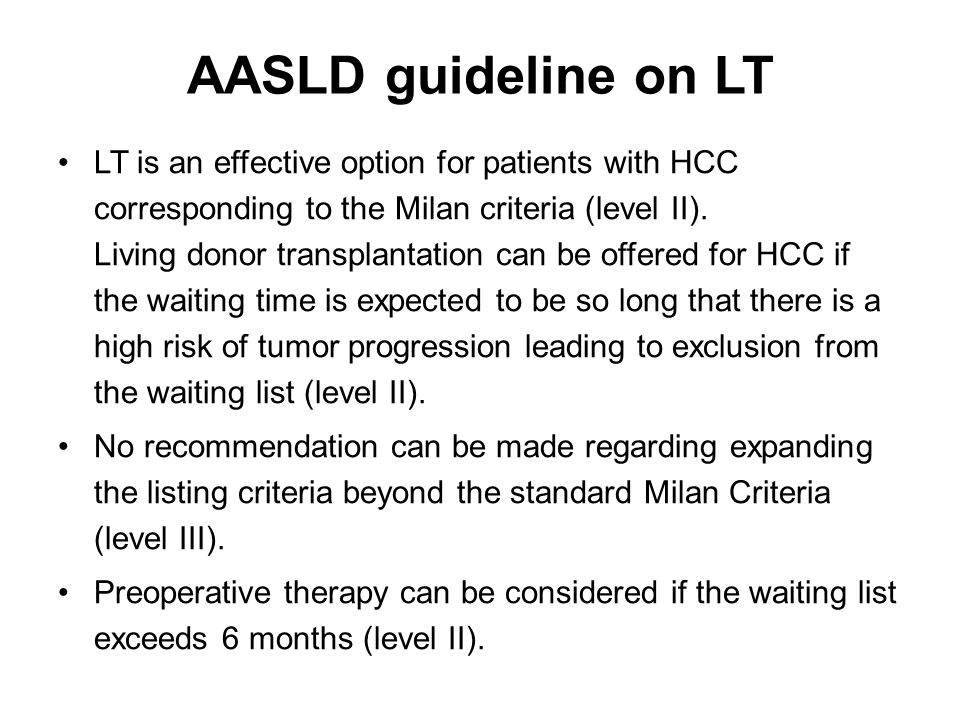



Management Of Hepatocellular Carcinoma Ppt Download



1




Disclosures Participated In The Following Advisory Boards Gilead Ppt Video Online Download




Practice Guidelines sld



Www Idsociety Org Globalassets Idsa Topics Of Interest Emerging Clinical Issues sldguidelinehccupdate10 1 Pdf



Www Journal Of Hepatology Eu Article S0168 78 17 1 Pdf




Comparison Of International Guidelines For Noninvasive Diagnosis Of Hepatocellular Carcinoma 18 Update
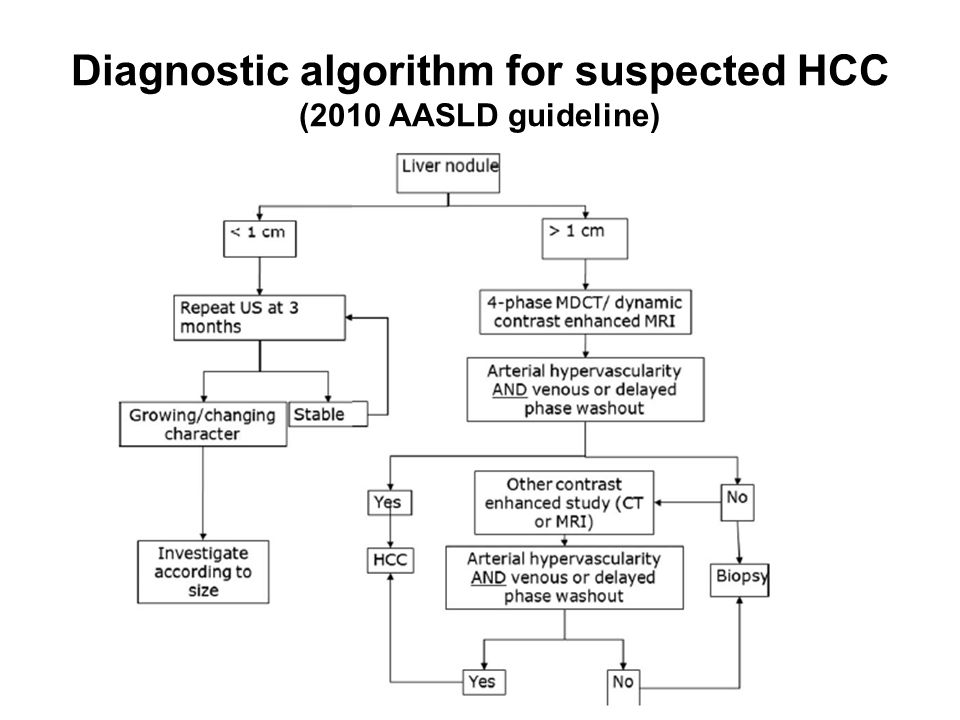



Management Of Hepatocellular Carcinoma Ppt Download




Comparison Of International Guidelines For Noninvasive Diagnosis Of Hepatocellular Carcinoma 18 Update




Diagnostic Algorithm Of sld Guideline For Nodule By Detected Us In Download Scientific Diagram




Practice Guidelines sld




Hepatic Resection For Hepatocellular Carcinoma
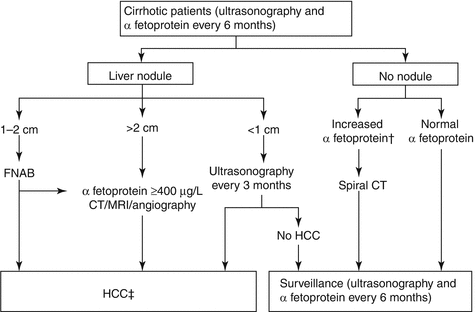



Diagnosis Of Small Hepatocellular Carcinoma Radiology Key




Pdf sld Practice Guideline Management Of Hepatocellular Carcinoma An Update




Pdf sld Practice Guideline Management Of Hepatocellular Carcinoma An Update




The lc Staging System For Hcc From sld Practice Guideline In 05 1 Download Scientific Diagram
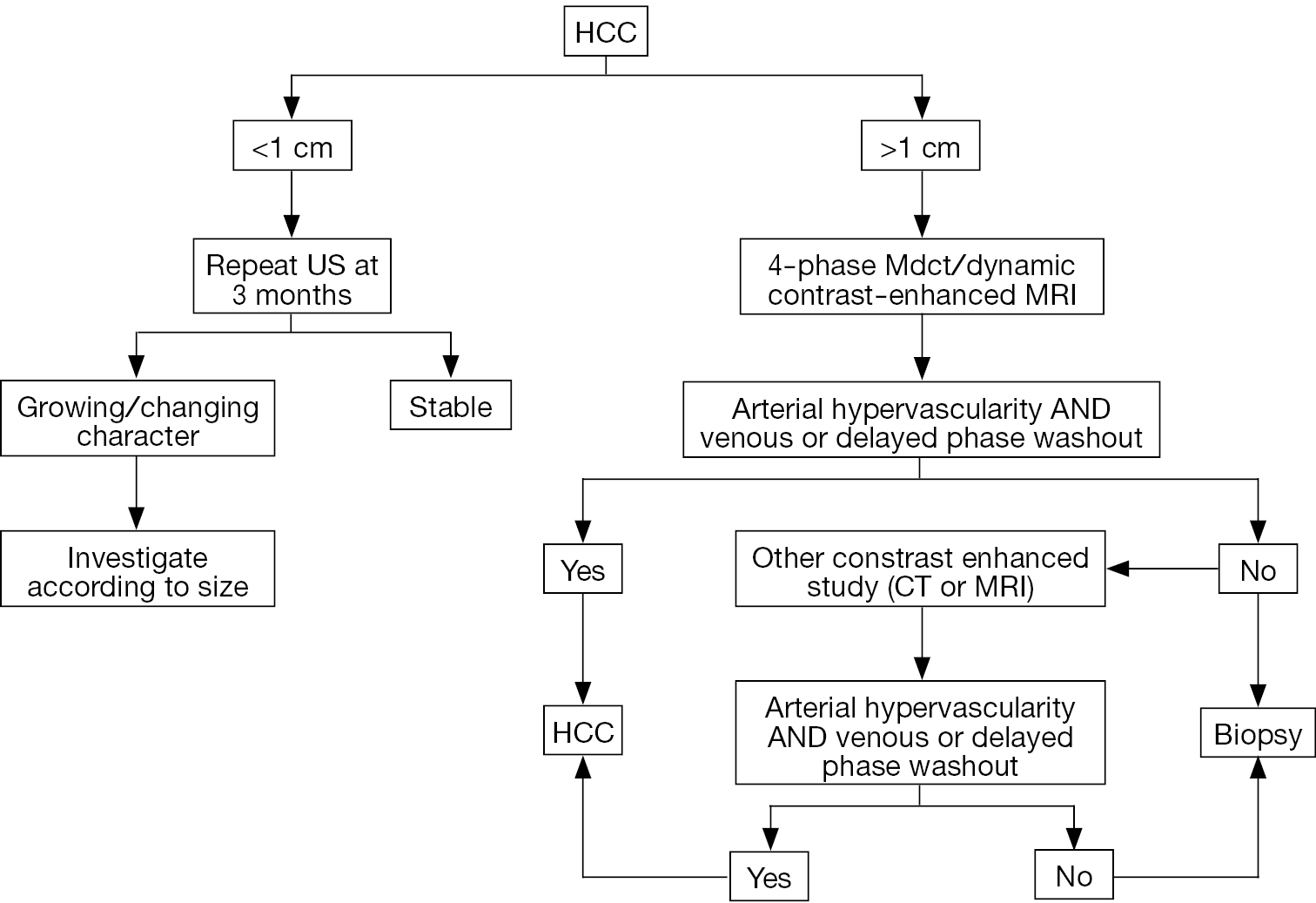



Review On Liver Transplant For Hepatocellular Carcinoma Chiao Translational Cancer Research



Www sld Org Sites Default Files 19 06 sld 18 Hcc Guidance On Diagnosis 2c Staging And Management Hep 281 29 Pdf




Xuxwbwrjrjv7m




sld Guidelines




Trial Design And Endpoints In Hepatocellular Carcinoma sld Consensus Conference Llovet 21 Hepatology Wiley Online Library
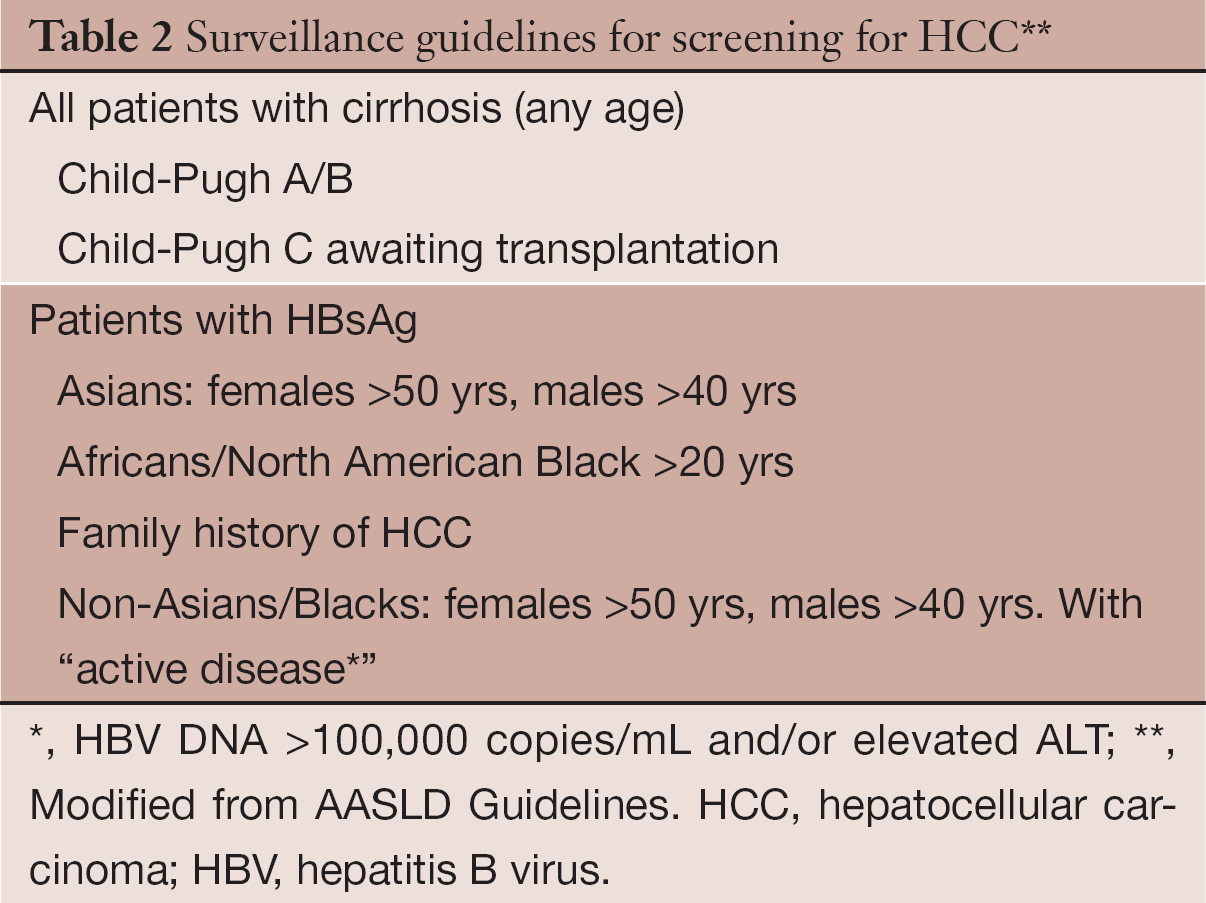



Hepatocellular Carcinoma The Rising Tide From East To West A Review Of Epidemiology Screening And Tumor Markers Monsour Jr Translational Cancer Research




New Frontiers In Liver Resection For Hepatocellular Carcinoma Jhep Reports




A Practical Guideline For Hepatocellular Carcinoma Screening In Patients At Risk Mayo Clinic Proceedings Innovations Quality Outcomes




Contrast Imaging Techniques To Diagnose Hepatocellular Carcinoma In Cirrhotics Outside Regular Surveillance Annals Of Hepatology
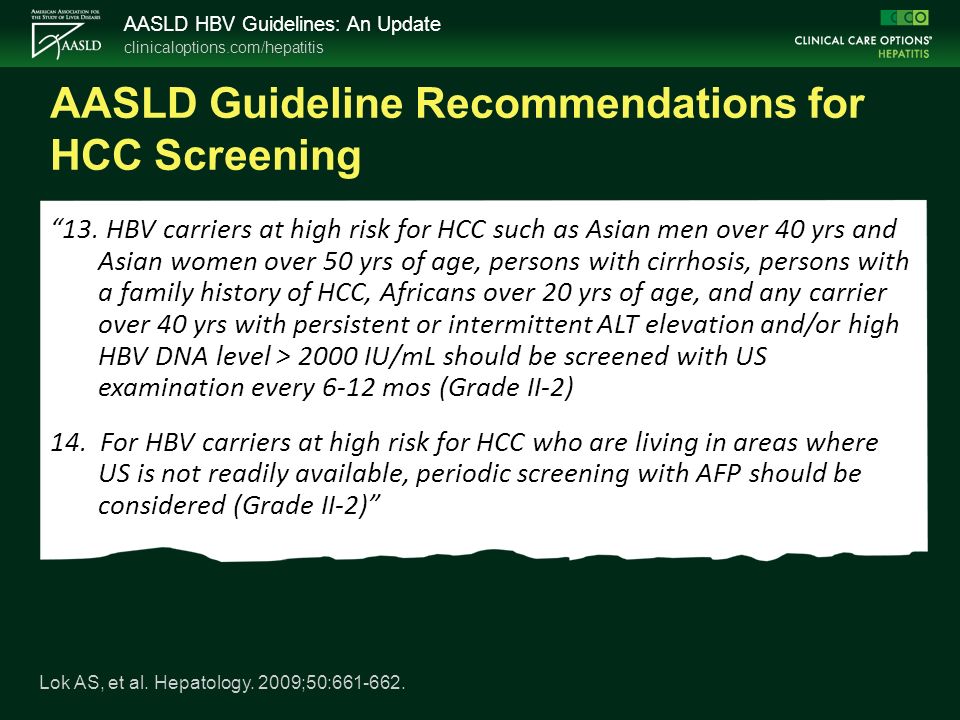



Understanding And Implementing The sld S Hbv Practice Guidelines Ppt Download




Hepatocellular Carcinoma Algorithms Of Diagnosis And Options Of Therapy Pdf Free Download




Diagnostic Algorithm For Hepatocellular Carcinoma Of American Download Scientific Diagram




Hepatocellular Carcinoma Oncohema Key




Practice Guidelines sld




Easl Clinical Practice Guidelines Management Of Hepatocellular Carcinoma Sciencedirect
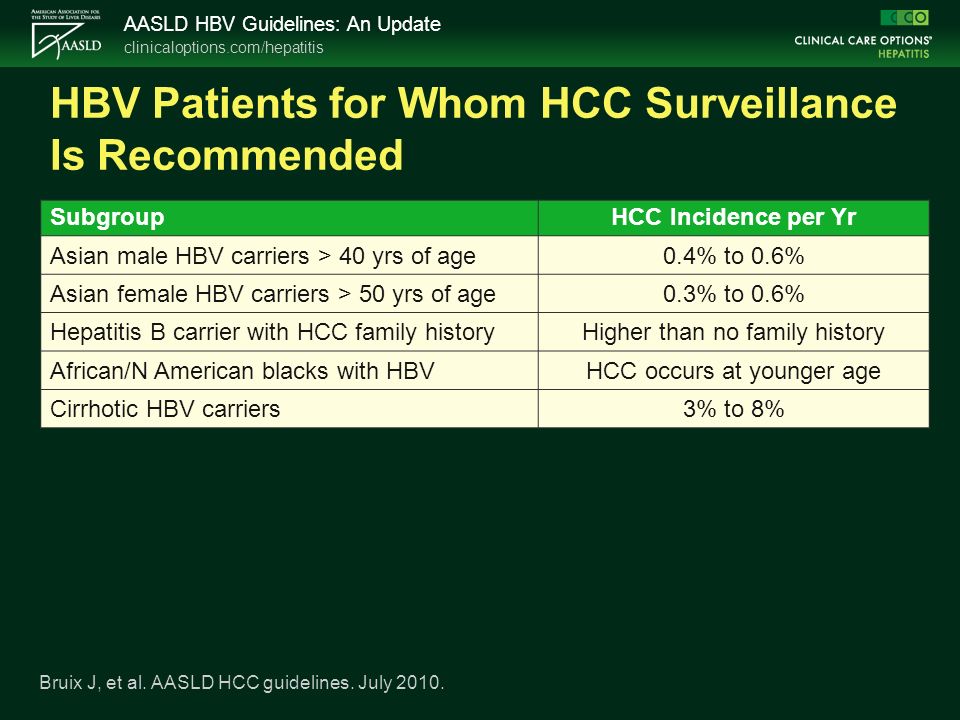



Understanding And Implementing The sld S Hbv Practice Guidelines Ppt Download



Www sld Org Sites Default Files 19 06 sld 18 Hcc Guidance On Diagnosis 2c Staging And Management Hep 281 29 Pdf




Diagnosis Of Hepatocellular Carcinoma An Update On International Guidelines Sciencedirect




Apasl And sld Consensus Guidelines On Imaging Diagnosis Of Hepatocellular Carcinoma A Review




Pdf Contrast Enhanced Ultrasound For The Diagnosis Of Hepatocellular Carcinoma Hcc Comments On sld Guidelines
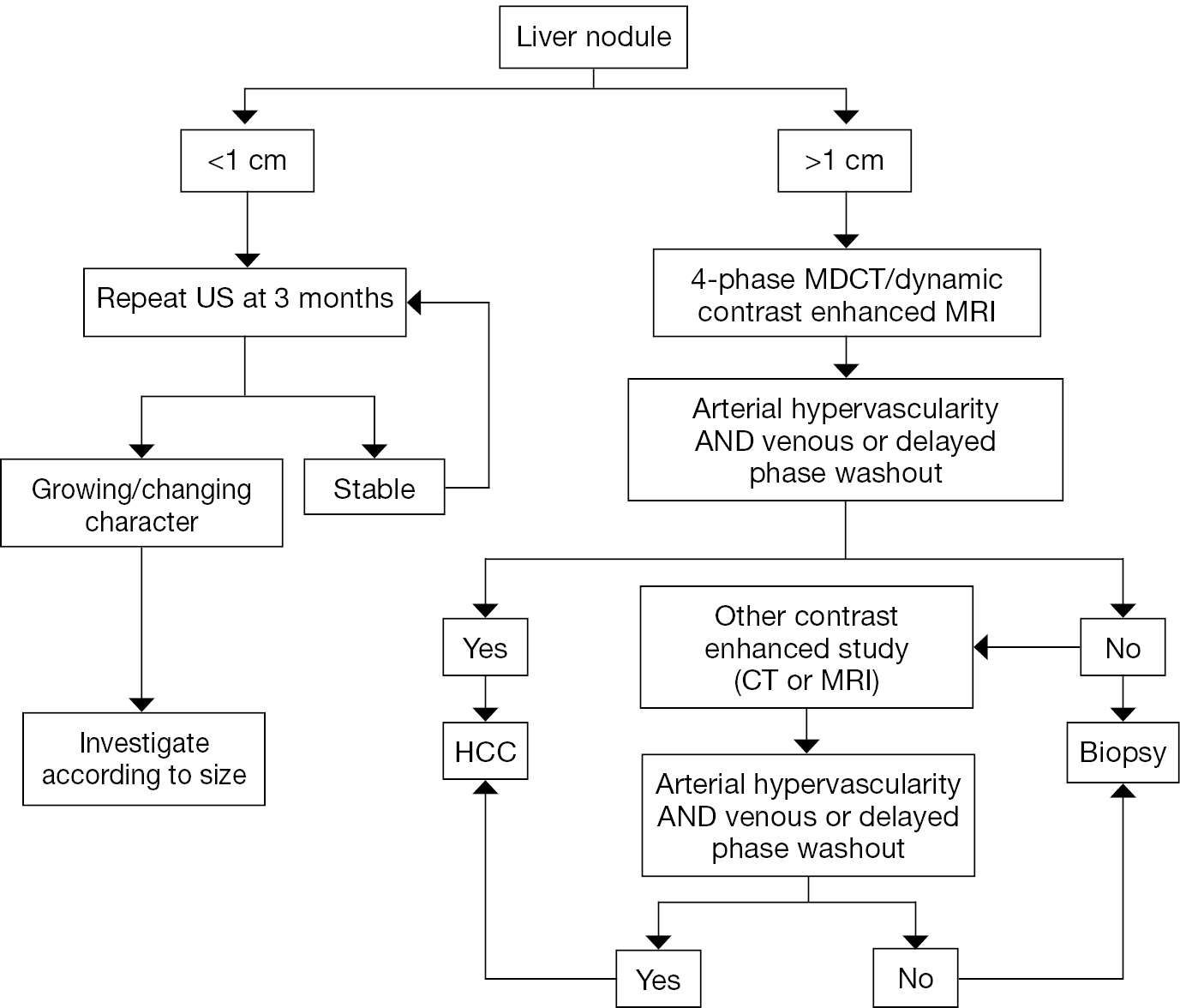



Hepatocellular Carcinoma The Rising Tide From East To West A Review Of Epidemiology Screening And Tumor Markers Monsour Jr Translational Cancer Research




Surveillance For Hepatocellular Carcinoma Pdf Free Download



Www Aphc Info Wp Content Uploads 19 01 Pre96 Colombo Massimo Pdf




Plasma Msept9 A Novel Circulating Cell Free Dna Based Epigenetic Biomarker To Diagnose Hepatocellular Carcinoma Ebiomedicine




Hcc Guidelines Ppt Video Online Download




The Diagnostic Algorithm From The sld For Hcc In Patients Who Have Download Scientific Diagram




Surveillance For Hepatocellular Carcinoma Pdf Free Download
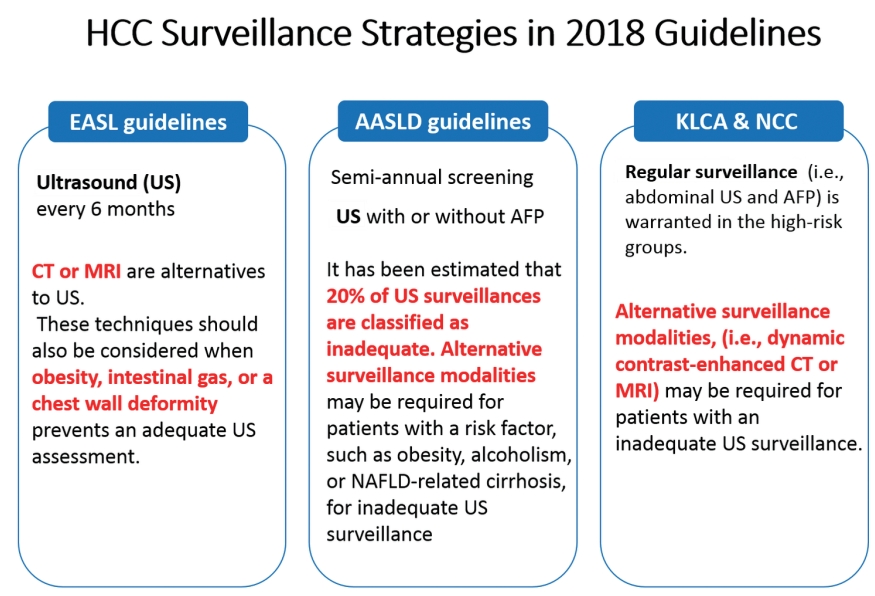



Liver Magnetic Resonance Imaging For Hepatocellular Carcinoma Surveillance




Xmlinkhub
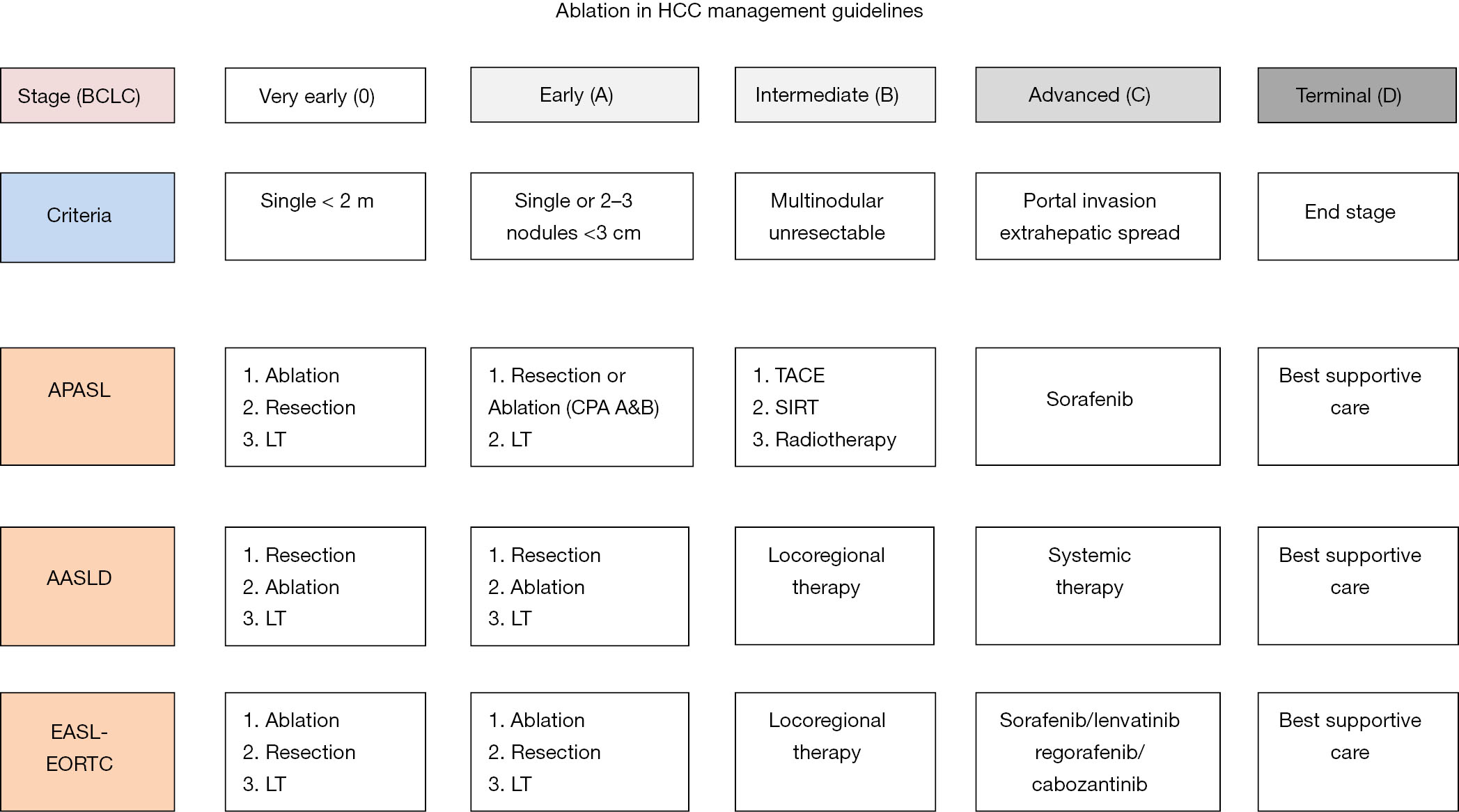



Thermal Ablation For Hepatocellular Carcinoma What S New In 19 Zhu Chinese Clinical Oncology



Non Invasive Diagnostic Criteria Of Hepatocellular Carcinoma Comparison Of Diagnostic Accuracy Of Updated Li Rads With Clinical Practice Guidelines Of Optn Unos sld Nccn Easl Eortc And Klscg Ncc Prolekare Cz




Practice Guidelines sld




New Data Supporting Modified Recist Mrecist For Hepatocellular Carcinoma Clinical Cancer Research



New Jersey Liver Pancreas Surgery
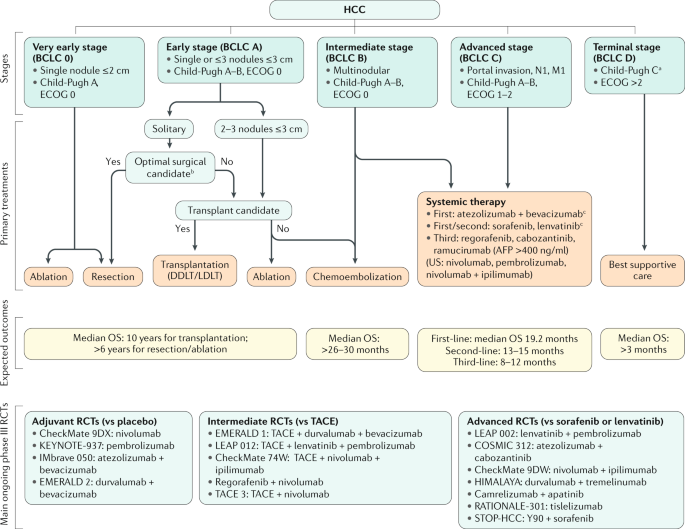



Hepatocellular Carcinoma Nature Reviews Disease Primers




Hepatocellular Carcinoma Hcc Resection Versus Transplantation Francis Yao M D Pdf Free Download




Easl Eortc Clinical Practice Guidelines Management Of Hepatocellular Carcinoma Journal Of Hepatology




Practice Guidelines sld




American Association For The Study Of Liver Diseases sld Linkedin



0 件のコメント:
コメントを投稿